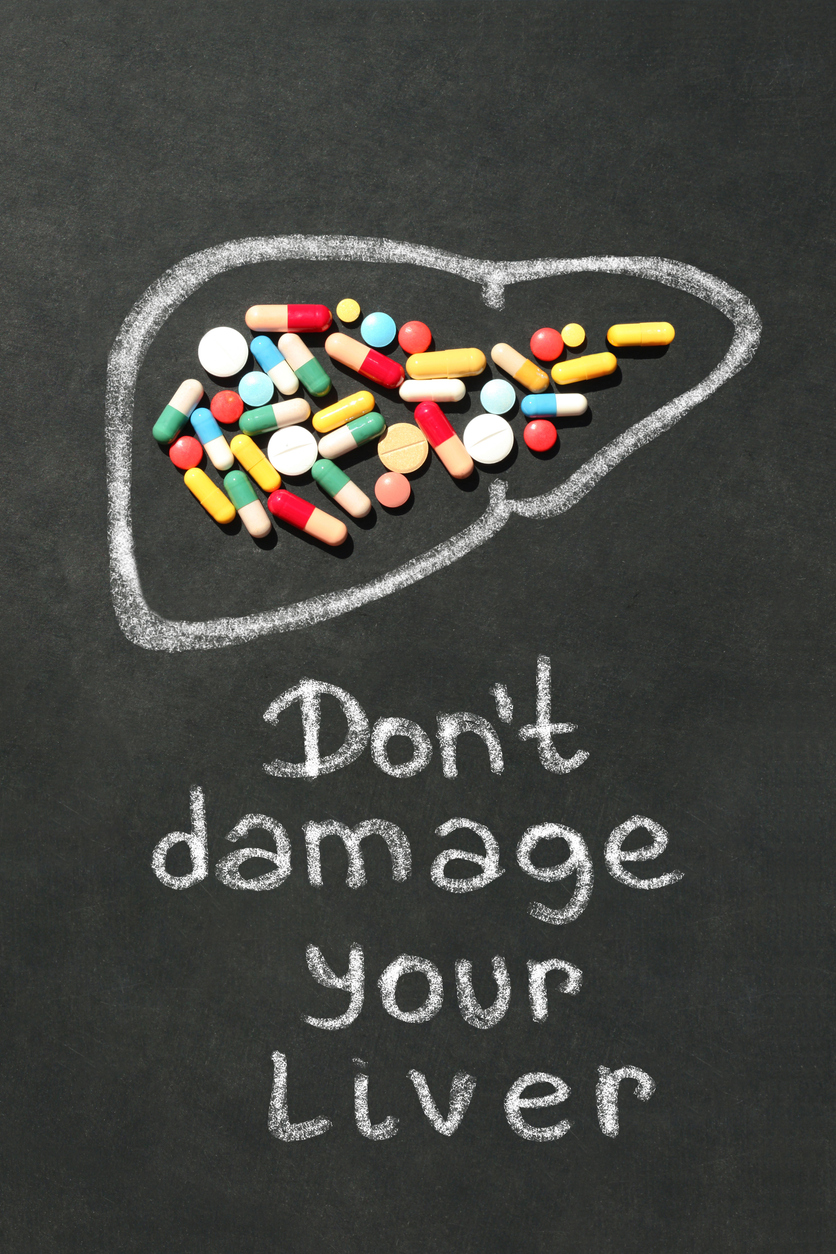Treatments
What Is IVIG Therapy?

Intravenous immunoglobulin G (IVIG) is a medical treatment that involves the infusion of a blood product that contains a type of antibody known as immunoglobulin G (IgG). Immunoglobulin is found in the blood’s plasma. Each infusion of IVIG contains IgG from the screened plasma of thousands of healthy donors. IVIG therapy is primarily used in two situations: when there is an immune deficiency or when the immune system is overactive. Subcutaneous administration of IgG antibodies is known as subcutaneous immunoglobulin G (SCIG).
Immune deficiencies and IVIG
Immune deficiencies occur when the body doesn’t make enough antibodies to fight infection. Immune deficiencies that lead to low levels of IgG may be primary (when low IgG arises spontaneously and not from a previous disease, injury or event) or secondary (meaning low IgG results from another disorder, injury or event).
Examples of primary immune deficiencies that can be treated with IVIG include the following:
- Common variable immune deficiency (CVID)
- IgG subclass deficiency
- X-linked agammaglobulinemia
IVIG may also be administered due to low IgG secondary to the following conditions:
- Bone marrow transplantation
- Myeloma and chronic lymphocytic leukemia
Overactive immune systems and IVIG
Typically, IVIG is administered at higher doses when it is used to treat autoimmune or inflammatory disorders. IVIG used for an overactive immune system works by neutralizing autoantibodies.
Examples of autoimmune and inflammatory conditions that may be treated with IVIG therapy include the following:
- Vasculitis
- Guillain-Barre syndrome
- Myasthenia gravis
Potential side effects
Many of the side effects of IVIG can be reduced or prevented by slowing the infusion rate during the therapy. Adequately hydrating and pre-medicating with steroids, acetaminophen and/or an antihistamine prior to each infusion also helps reduce or prevent side effects. Higher doses of IVIG increase the risk of serious side effects. Switching to SCIG therapy can minimize side effects.
Potential side effects include, but are not limited to, the following:
- Flu-like symptoms include nausea, fatigue, fever and malaise.
- Allergic responses include rashes and anaphylaxis. Low IgA may increase this risk.
- Cardiovascular side effects include hypotension, tachycardia or bradycardia.
- Blood clots can develop in the arteries or veins. Blood clots can cause a stroke, heart attack, or pulmonary embolism.
- Neurological side effects include headache, aseptic meningitis, and seizures.
- Renal impairment may occur. Having diabetes or being of advanced age increases this risk.
- Infections can develop. Since IVIG is a blood product, there is a risk of infection transmission. This risk is low due to the purification process of the plasma.
















